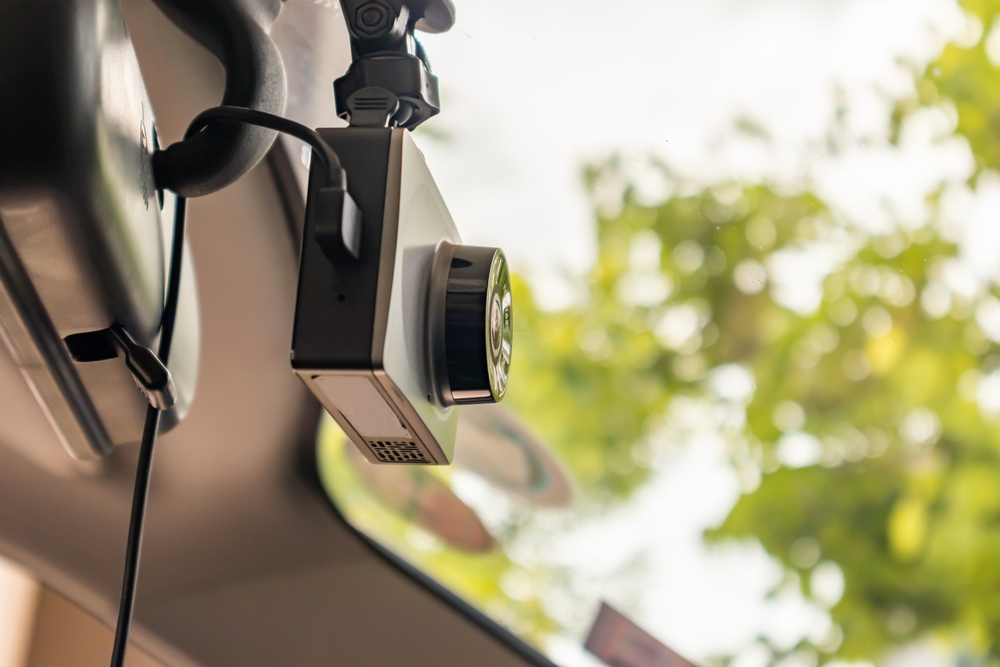
Car insurance can be expensive, but what if you could lower your insurance coverage costs with a few smart upgrades? Many drivers don’t realize that certain car improvements can actually help reduce their premiums. Insurance providers reward safety and theft prevention, and some upgrades make your vehicle less risky to insure. If you’re looking for practical ways to save money, knowing which car upgrades reduce costs is essential. Here’s a guide to the top 10 car upgrades that lower insurance coverage costs and why each one matters.
1. Anti-Theft Devices
Installing anti-theft devices is one of the most effective car upgrades that lower insurance coverage. Insurance companies know that vehicles with alarm systems, steering wheel locks, or GPS tracking are less likely to be stolen. This lowers the risk for them, which can translate to lower premiums for you. Some insurers offer discounts just for having these devices installed, making it a smart investment for your wallet and peace of mind.
2. Dash Cameras
Dash cameras are becoming more common, and insurers are starting to notice. A dash cam can provide crucial evidence in case of an accident, helping to prove fault and prevent fraudulent claims. Some insurance companies now offer discounts for drivers who install dash cams, especially if you let them access footage in the event of a claim. This upgrade not only protects you but can also help lower your insurance coverage costs over time.
3. Backup Cameras and Sensors
Accidents while reversing are more common than you might think. Adding backup cameras or parking sensors reduces the risk of backing into another car or object. Insurance providers appreciate these safety features because they reduce the likelihood of claims related to low-speed collisions. This upgrade can lead to savings, especially if you have a history of minor accidents.
4. Electronic Stability Control (ESC)
Electronic stability control helps prevent skidding and loss of control, especially in bad weather. Cars equipped with ESC are statistically less likely to be involved in serious accidents. Because of this, insurance companies may lower your premium if your vehicle includes ESC. If your car doesn’t already have this feature, adding it can be a worthwhile investment for both safety and savings.
5. Adaptive Headlights
Adaptive headlights adjust the direction and intensity of your car’s lights based on your speed and steering. This improves visibility at night and around curves, reducing the risk of accidents. Insurance companies recognize that vehicles with adaptive headlights are less likely to be in nighttime collisions. Upgrading to this feature could help lower your car insurance coverage costs while making nighttime driving safer.
6. Tire Pressure Monitoring Systems (TPMS)
Proper tire pressure is essential for safe driving. A tire pressure monitoring system alerts you if your tires are under- or over-inflated, helping you avoid blowouts or accidents. Insurers see TPMS as a proactive safety feature that reduces claims related to tire failure. If your car doesn’t have TPMS, adding one is a low-cost way to improve safety and potentially lower your premiums.
7. Blind Spot Detection Systems
Blind spot detection systems use sensors to alert you if there’s a vehicle in your blind spot. This technology helps prevent lane-change accidents, which are a common source of insurance claims. Some insurance providers offer discounts for cars equipped with blind spot detection, recognizing the reduced risk of collisions. If you frequently drive on highways, this upgrade can be especially valuable.
8. Lane Departure Warning Systems
Lane departure warning systems notify you if your vehicle unintentionally drifts out of its lane. These systems help prevent accidents caused by distracted or drowsy driving. Insurance companies may offer lower rates for vehicles with this feature, since it reduces the likelihood of certain types of crashes. Adding this technology can make a real difference in both safety and insurance coverage costs.
9. Daytime Running Lights
Daytime running lights make your vehicle more visible to other drivers, even in bright conditions. Increased visibility means a lower risk of accidents, which is good news for both you and your insurer. Many companies offer small discounts for vehicles equipped with daytime running lights. While this upgrade might not save you a huge amount, every bit helps when it comes to lowering your insurance coverage costs.
10. Enhanced Braking Systems
Upgrading to an anti-lock braking system (ABS) or other advanced braking technologies can help you stop more quickly and safely. Insurance companies know that vehicles with ABS are less likely to be involved in certain types of accidents. As a result, some providers reduce premiums for cars with enhanced braking systems. If your car is older, this upgrade can significantly improve both safety and your bottom line.
Maximizing Your Car Insurance Savings
Choosing the right car upgrades that lower insurance coverage is a practical way to manage your auto expenses. Not every upgrade will yield the same discount, so it’s wise to talk with your insurance agent before making changes. Some insurers require proof of installation or specific brands to qualify for savings. Always keep documentation to streamline the process.
With a few upgrades and a little research, you can enjoy a safer ride and a lower premium.
Which car upgrades have helped you lower your insurance coverage costs? Share your experiences or questions in the comments below!
What to Read Next…
- 8 Car Maintenance Plans That Sound Like a Deal But Arent
- 9 Car Brands That Quietly Lost Consumer Trust in the Last 5 Years
- 10 Car Features That Make Mechanics Rich
- 7 Car Insurance Discounts That Quietly Disappeared
- 8 Car Mods That Will Ruin Your Insurance Rates
The post 10 Car Upgrades That Lower Insurance Coverage appeared first on Clever Dude Personal Finance & Money.







